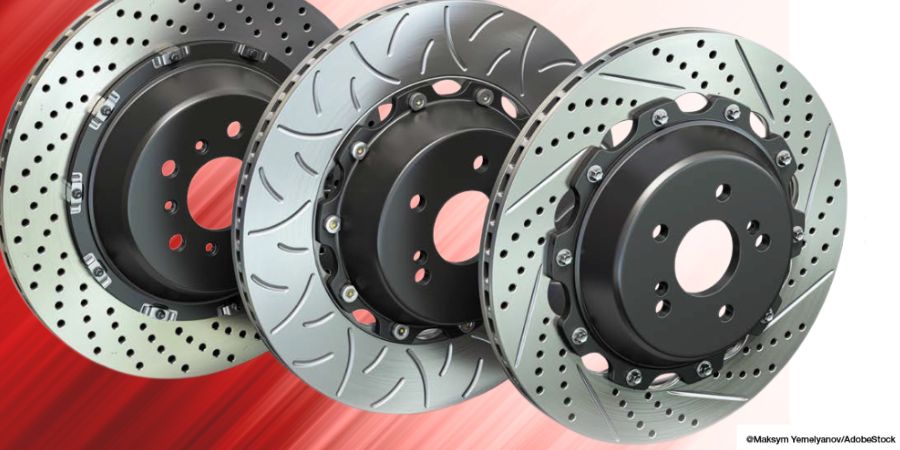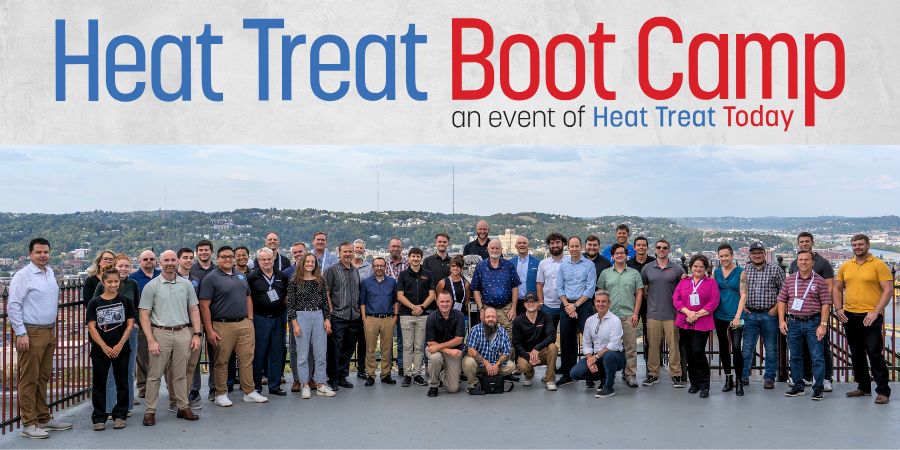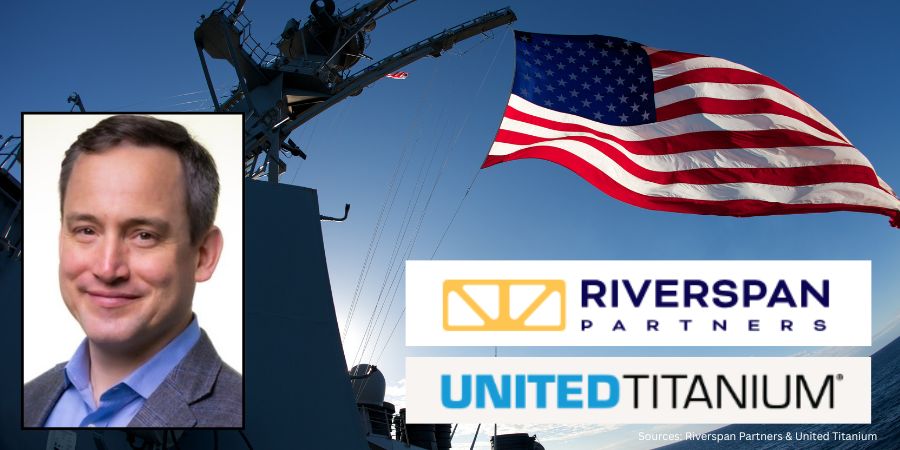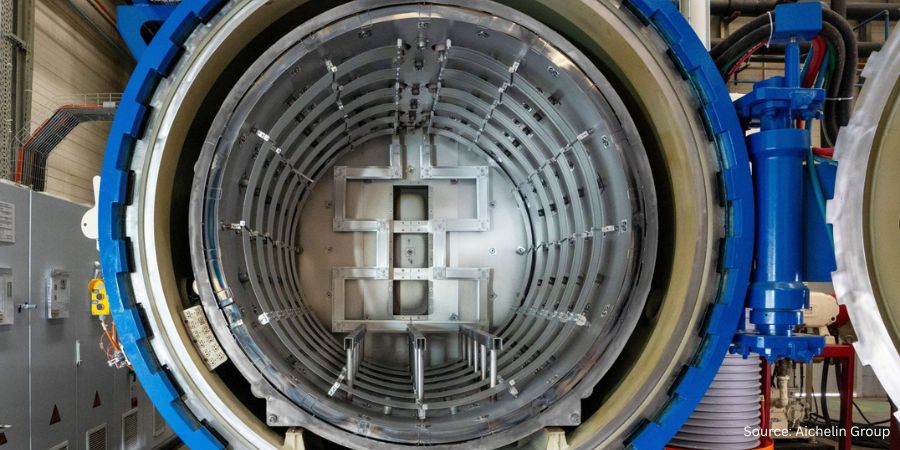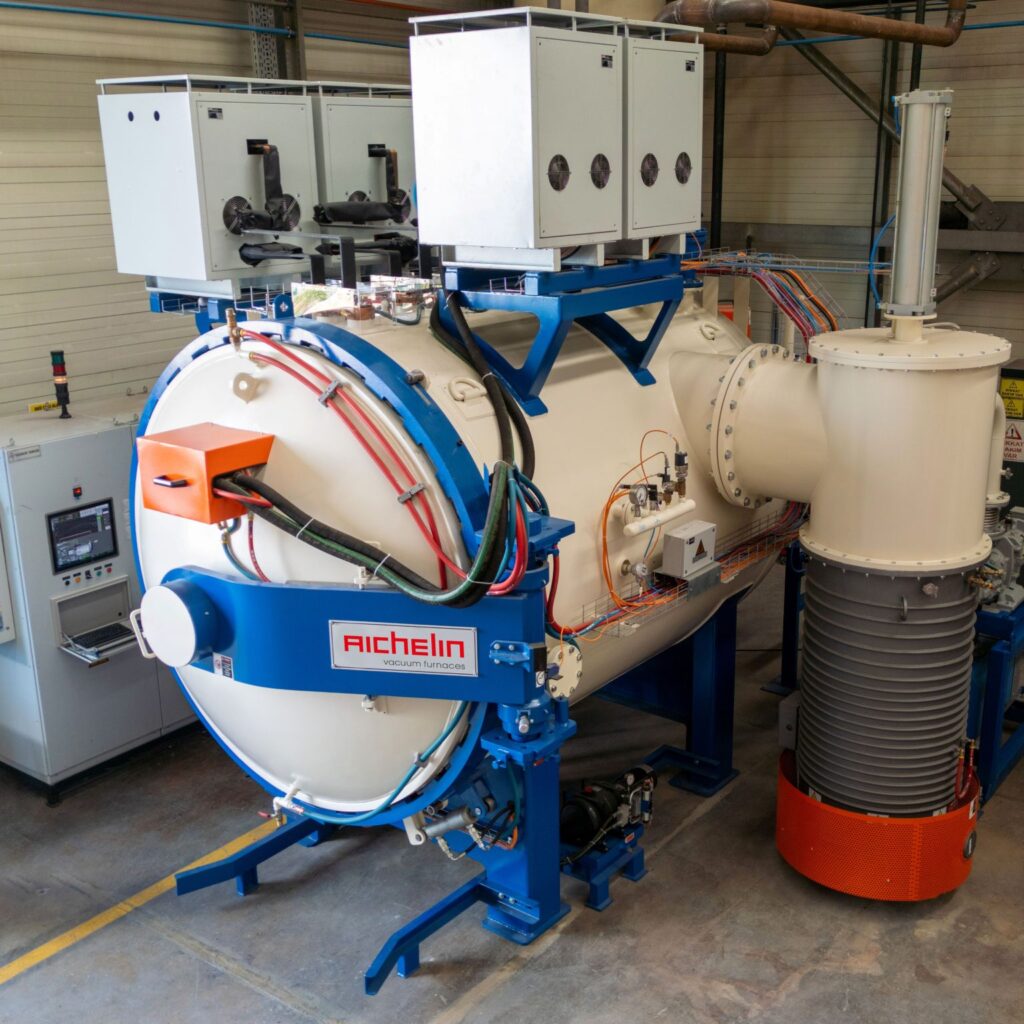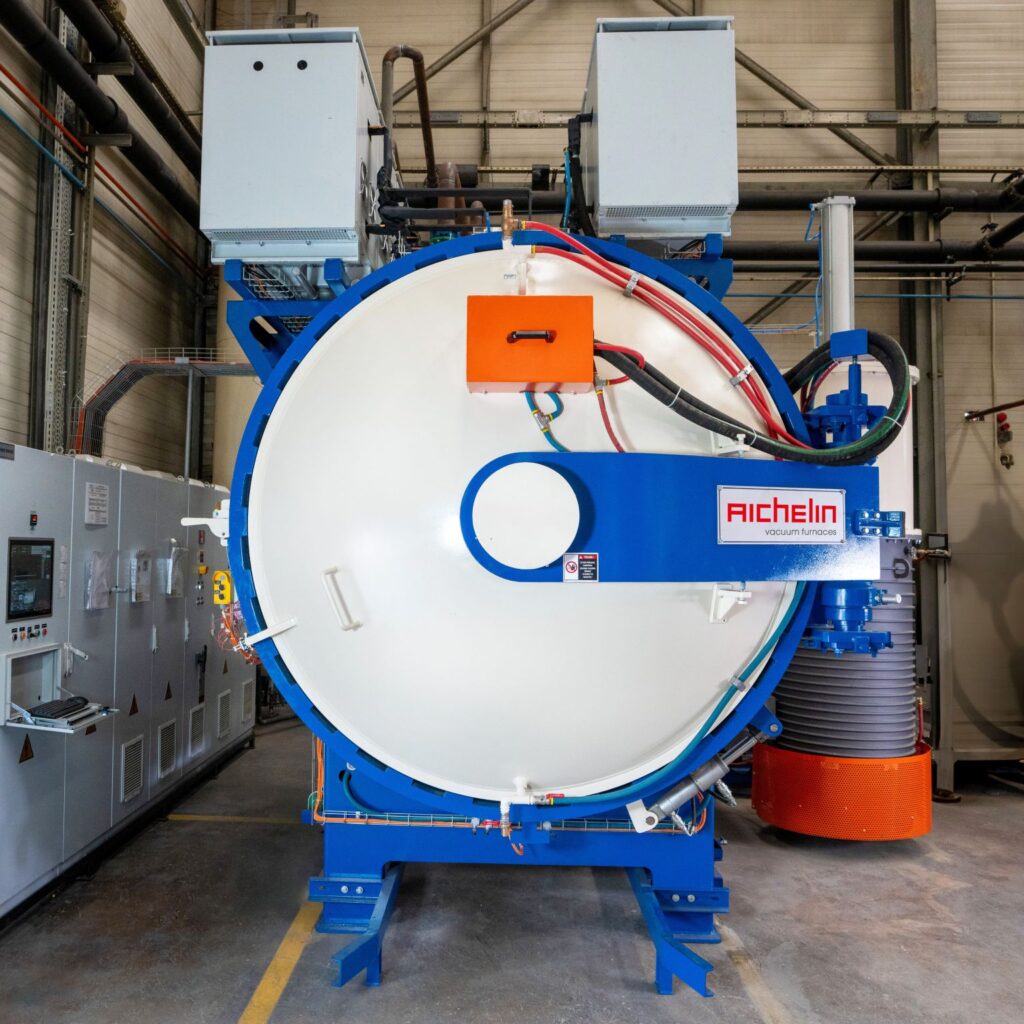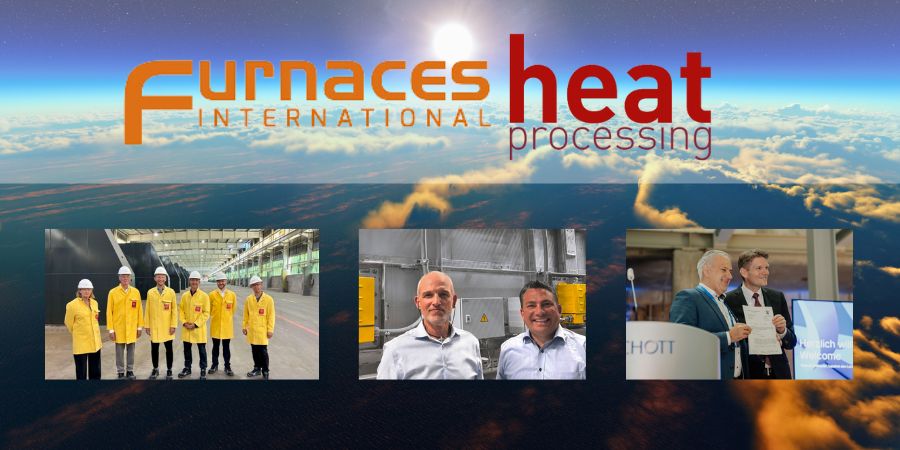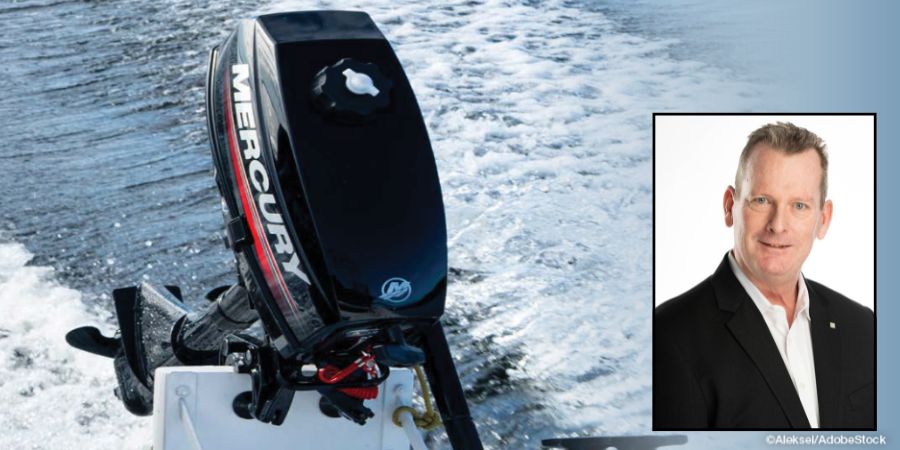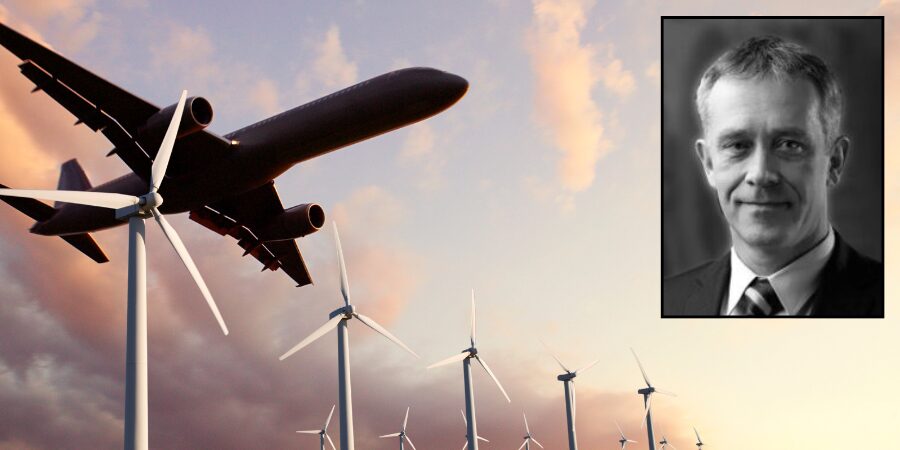Message from the Editor: An Editorial Eye on AI

Heat Treat Today publishes twelve print magazines a year and included in each is a letter from the editor. This letter is from the August 2025 Annual Automotive Heat Treating print edition. In today’s letter, Bethany Leone, managing editor at Heat Treat Today, describes the parameters, limitations, and benefits of using artificial intelligence in our heat treatment publication.
You have questions; AI has answers. But we have expert editorials.
Heat Treat Today delivers practical, accurate, and trustworthy information to a very niche and critical industry in North American manufacturing. With AI tools becoming more accessible and powerful, we want to be transparent about how we leverage them to maintain high editorial standards.
First, “The Don’ts”
Simply put, we don’t let AI replace our direct access to expert technical advice or content. Your heat treat efforts are too important for us to give you articles that have not been reviewed and cross-examined by our team, which is trained to review heat treat industry content.
Compose Technical Articles
We don’t use AI to generate technical articles for direct publication. Authenticity is at the heart of our editorial process, and our readers rely on us to deliver information straight from credible sources — directly from operators, engineers, and experts.
In our editorial department, technical content undergoes rigorous editorial review; we don’t rely on AI here. Our editors’ eyes are trained to catch and improve areas of technical confusion, so our readers receive help from the best practical heat treat information.
Learn Technical Concepts
I do not want to overstate this idea, because AI does generate helpful answers to common queries; you will note below that we appreciate this handy, interactive research assistant! But when it comes to learning a concept thoroughly, and especially for the first time, we prioritize validated sources:
- Our in-house technical advisors
- Reputable books and resources
- Trusted websites from industry authorities
We do this to ensure accurate interpretation and traceability of knowledge.
Let me give an example: If I ask public AI for the most relevant quenching issues operators face, the answers it will give me will be based on material — often marketing material — that it can access online. While not incorrect, we always draw our material from resources with direct, on-the-floor experience to give you the benefit of more robust research and proven, hands-on expertise. (Furthermore, you can ask AI that question, too! We want to give you the benefit of more robust research and proven, hands-on expertise.)

And “The Dos”
AI can be an incredibly effective tool for supporting aspects of our editorial and communication processes. The following examples show how AI pushes us to actualize our creative juices, helps us think more clearly, and gives us time to hone more compelling and relevant content.
Hyperdrive the Early Draft
AI helps us create early drafts of editorials based on structured outlines. This accelerates the writing process, teasing out rough thoughts into a foundation that our editors will refine and often rewrite to enrich with targeted insights. Ever heard of writer’s block? Sometimes, AI is just what we need to get the ball moving!
Find Technical Gaps
Although we are not content experts, we often have a hunch when some technical aspect is missing or incorrect. AI can be helpful to scan sections where we have questions and provide suggested context for such sections — or simply tell us that we are being delusional. Once identified, our team collaborates with experts to address knowledge gaps or inconsistencies.
Research Tech Qs and News
AI helps us cut to the chase. Serving as a dialogue partner, AI conversations help editors refine research questions before consulting our technical experts and authors. This allows us to approach consultations with greater clarity, maximizing the value of expert input.
Additionally, AI scans our online lineup of industry news sources to find relevant stories, offering a more curated alternative to traditional RSS tools.
Refine Headlines & Article Summaries
Critical reader engagement calls for compelling and technically correct phrasing. For a niche trade publication, you might see how AI can help stimulate the creative iteration process to help us avoid the same wording. The headlines and introductions to articles in this magazine probably had an AI-hand help!
Revisit Technical Concepts
I’ll be frank: editors are not content experts! But as editors in this industry, we train ourselves on common concepts (and sometimes very marginal topics) enough to ensure we best assist expert authors and contributors. Therefore, we use AI to revisit technical concepts to refresh our understanding.
Since this is a “refresh,” we can discern when AI wants to do its own thing or emphasizes a concept a bit too much.
To summarize, AI is not an author nor an expert; it’s an editorial tool that spurs us on. We will continue to value people and their contributions in the ever-developing world of manufacturing.

Managing Editor
Heat Treat Today
Contact: Bethany Leone at bethany@heattreattoday.com
Find heat treating products and services when you search on Heat Treat Buyers Guide.Com
Message from the Editor: An Editorial Eye on AI Read More »





